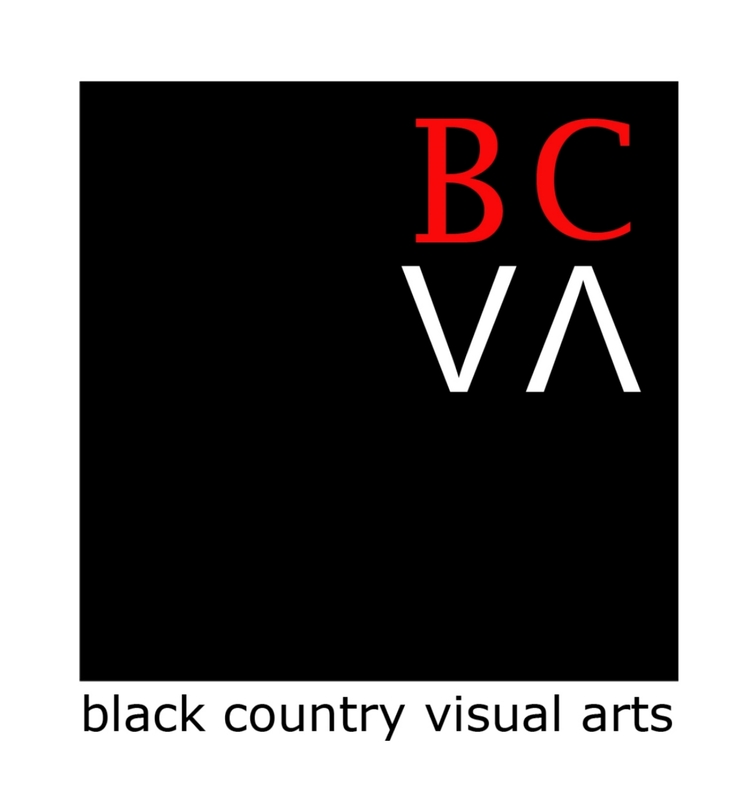Following my colleague Aleks Trodovov’s insightful blog on marriage within the Punjabi community in the UK, I wanted to explore how photography—particularly wedding photography—played a role in shaping memories and identities within Punjabi communities in the Black Country during the 1970s and 1980s.
Fig. 1, Hitchin, Register Office, Usha Ghai with Prem Pal and Family, c1974. Apna Heritage Archive
Wedding photography changed during this period as social and economic conditions evolved, and as new camera technologies—especially colour photography—became more widely available. These developments are visible in many of the photographs in the Apna Heritage Archive.
Fig. 2, Wolverhampton Register Office c1973, Dharshan Singh Atwal with Surrender Kaur Sohi and Family, Apna Heritage Archive
At many weddings, both professional photographers and guests took photos. While professionals focused on formal portraits, guests often captured more candid, spontaneous moments—one such intimate moment can be seen in Fig. 3, with Surjit and Paramjit Sond.
In the 1970s and 1980s, Indian wedding photography was generally straightforward, often documentary-style, capturing moments of rituals, family interactions, and celebration. Cameras became more affordable during this time, and wedding guests could use compact, user-friendly point-and-shoot or single-use cameras. This made it easier for them to take informally posed photographs, adding another layer of commemoration to the occasion.
Fig. 3, Caledonia Rd, c1972, Surjit S. Sond & Paramjit K. Sond. Apna Heritage Archive
Today, such photos help us learn about the vibrant traditional clothing, jewellery, and festive atmosphere of these events—especially striking when compared to the more plain and practical settings of local registry offices, where many weddings are held today.
Family photographs form a special kind of photography, but they include a wide range of styles and approaches. In the 1970s, one couldn’t instantly review or delete a photo if it didn’t turn out well. As a result, some images show, for example, a family member accidentally cut out of the frame—but these photographs were still kept and cherished as part of the celebration of the event.
The wedding photographs in the Apna Heritage Archive have a dual character. They are intimate and meaningful family photographs, but they’ve also become a valuable resource for anyone interested in the cultural history of Punjabi migrants who settled in the West Midlands from the 1960s to the 1980s. They demonstrate with great clarity how wedding photographs are more than mere records of past moments and changing technologies but also reflections of social change, ethnic traditions, conventional approaches to gender roles, and economic conditions, offering insights into broad shifts in community life.
Fig. 4, Allen Rd, Surjit S. Sond & Paramjit K. Sond. Apna Heritage Archive
Steve Edwards notes that, “photographic images play as significant a role in shaping public memory as they do in family memory.” This is especially true now that these once-personal family photographs have entered the public sphere through the community archive. It’s worth asking: how do they now shape both family and public memory?
The word “Apna” in Punjabi, meaning “ours,” resonates powerfully in the context of these wedding photographs. Once personal mementos belonging to individual families, they now form part of a shared cultural archive—transformed from personal memory into collective heritage. Their presence in the Apna Heritage Archive exemplifies how photography can act not only as a vessel of remembrance but as a medium through which communities articulate belonging, identity, and continuity across generations.
Wedding photographs in the Apna Heritage Archive embody the negotiation of cultural hybridity, capturing moments where British and Indian traditions intertwine in subtle and expressive ways. Through the vivid textures of clothing, the rituals performed, and the gatherings these photographs frame, they offer layered insights into the lived experience of migration, adaptation, and community formation in the Black Country.
I feel privileged to be an onlooker at these personal community photographs of intimate family events.
Bibliography
Chhabra, Anand. “Punjabi Migration to the Black Country: A Photographic Journey through History, Cultures and Digital Technology,” Photography and Culture 14, 3 (2021): 415–431. https://doi.org/10.1080/17514517.2021.1927373
Edwards, Steve. Photography: A Very Short Introduction. United States: Oxford University Press, 2006.
Indian Wedding Photography blog. “Modern Indian Wedding Photography Trends in the United Kingdom: A Journey Through Five Decades of Evolution.” Accessed April 26, 2025. https://www.blog.indianweddingphotography.co.au/2024/11/united-kingdom-and-modern-india
Simine de – Arnold, Silke & Leal, Joanne. Picturing the Family: Media, Narrative, Memory. London: Bloomsbury, 2018.
Warren, Lynne. Encyclopaedia of Twentieth Century Photography. New York: Routledge, 2005.




